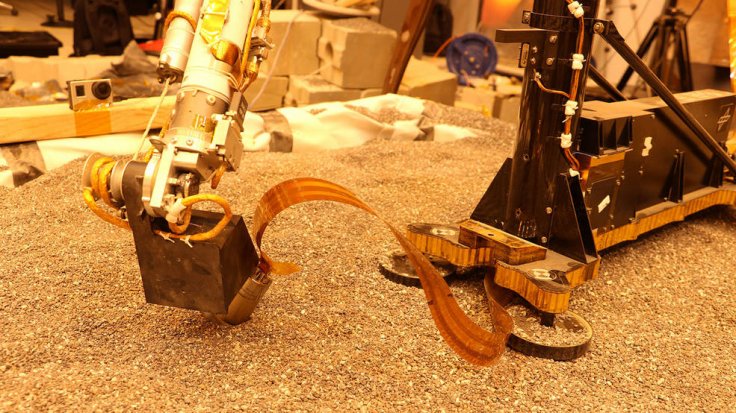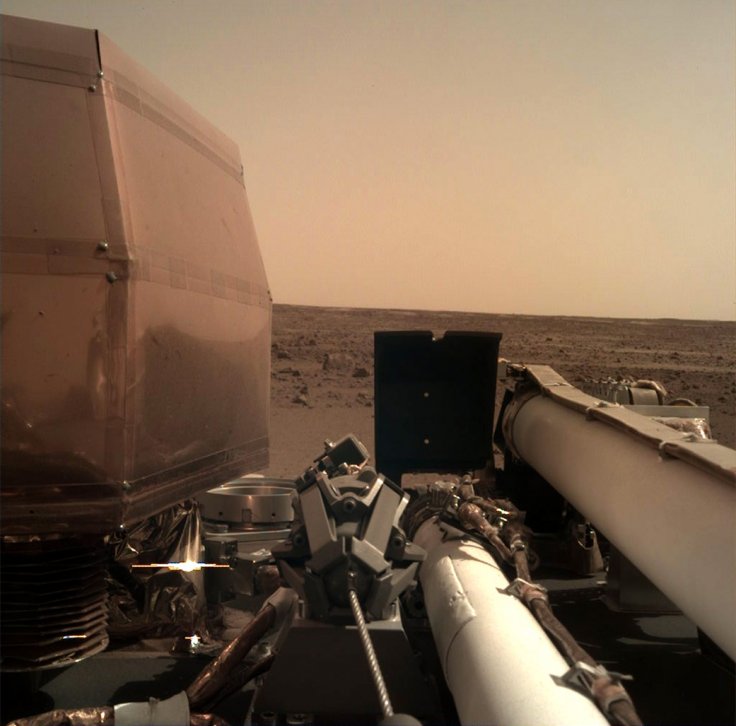After numerous failed attempts of drilling into the surface of Mars, NASA's InSight lander was finally able to push its probe into the ground. It was able to do so using a simple and straightforward technique.
NASA officially launched InSight in May of 2018. As part of its mission, the robotic lander studies seismic activities on Mars and takes readings of the heat flowing from the Red Planet's interior.

Mars' Tough Surface
In order to take accurate readings of Mars' internal temperature, InSight needs to drill into the Red Planet's surface using a probe known as the mole. This is a 16-inch-long spike that's capable of reaching a depth of 16 feet. According to NASA, the mole works like a jackhammer by self-hammering itself into the ground.
However, NASA has had a hard time making the mole stick into the ground. Every time it uses its self-hammering function, it bounces upwards and out of the hole. According to the team operating InSight, this issue is mainly due to Mars's hard surface.
Hammering The Mole Into The Ground
Last month, the InSight team prepared to carry out a maneuver to push the mole further into the ground. However, a rock or a clump of Martian soil prevented the mole from digging into the ground. This prompted the team to try a direct approach by using the lander's shovel to directly hammer the probe into the ground, Popular Science reported.
The crude solution seemed to have worked, but the team still plans to continue hammering the mole deeper into the ground. Once there, the mole will be able to take accurate measurements of Mars subsurface temperature.

Measuring Mars' Temperature
According to NASA, understanding the flow of heat from the Red Planet's interior can provide valuable information regarding the process involved in planetary formation. "While burrowing into the soil, it is designed to drag with it a ribbon-like tether that extends from the spacecraft," NASA stated.
Temperature sensors are embedded along the tether to measure heat coming deep from within the planet's interior to reveal important scientific details about the formation of Mars and all rocky planets, including Earth."









